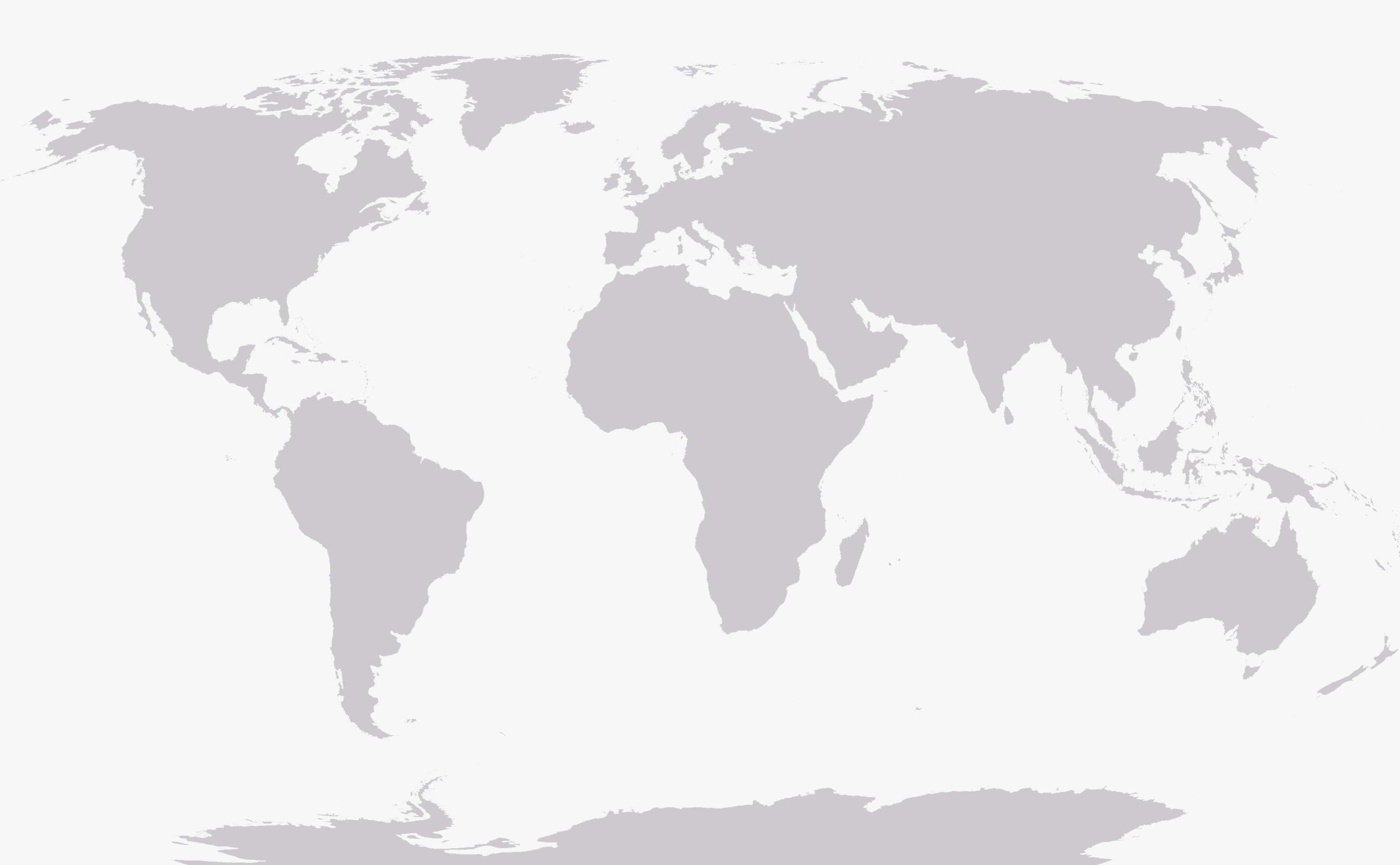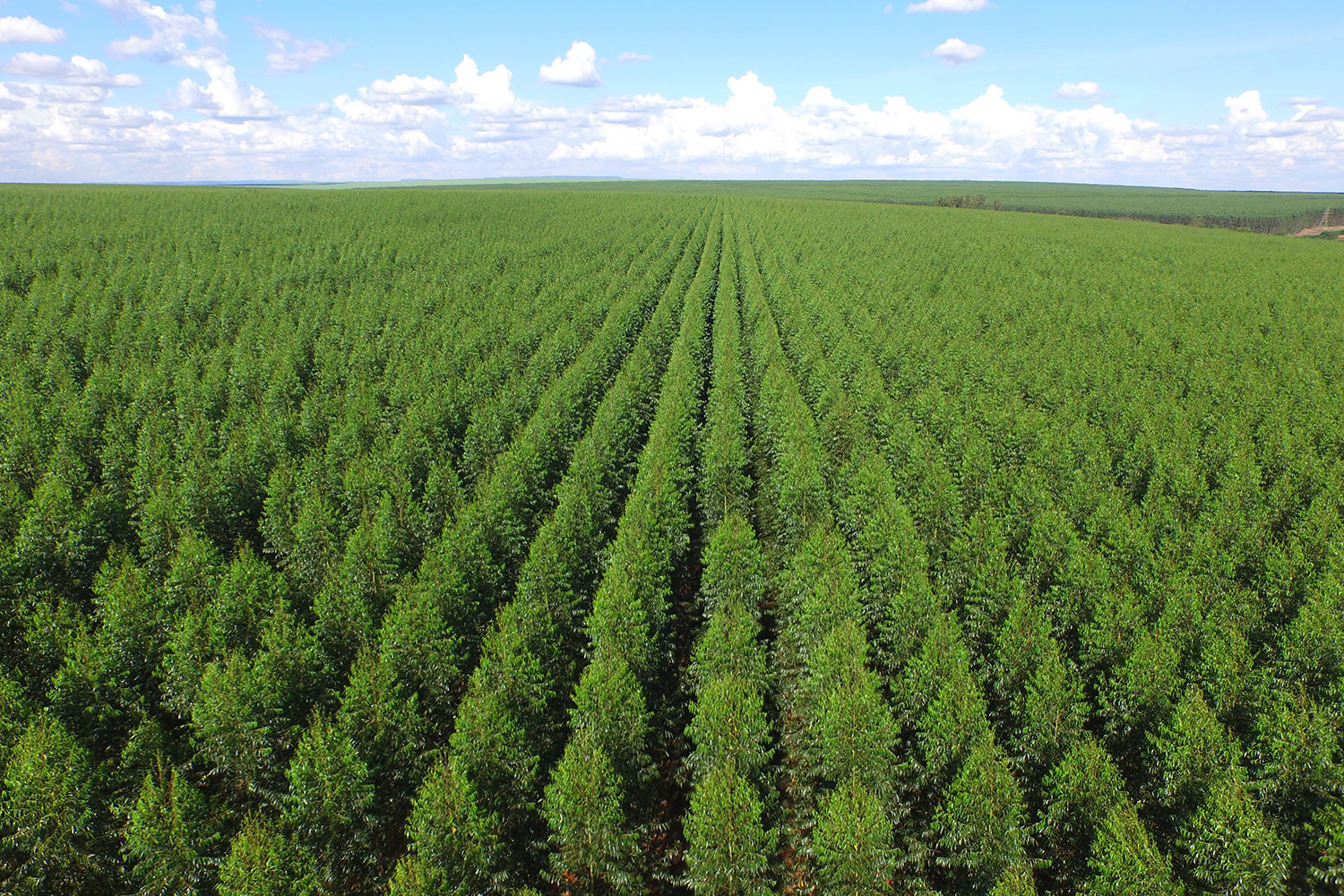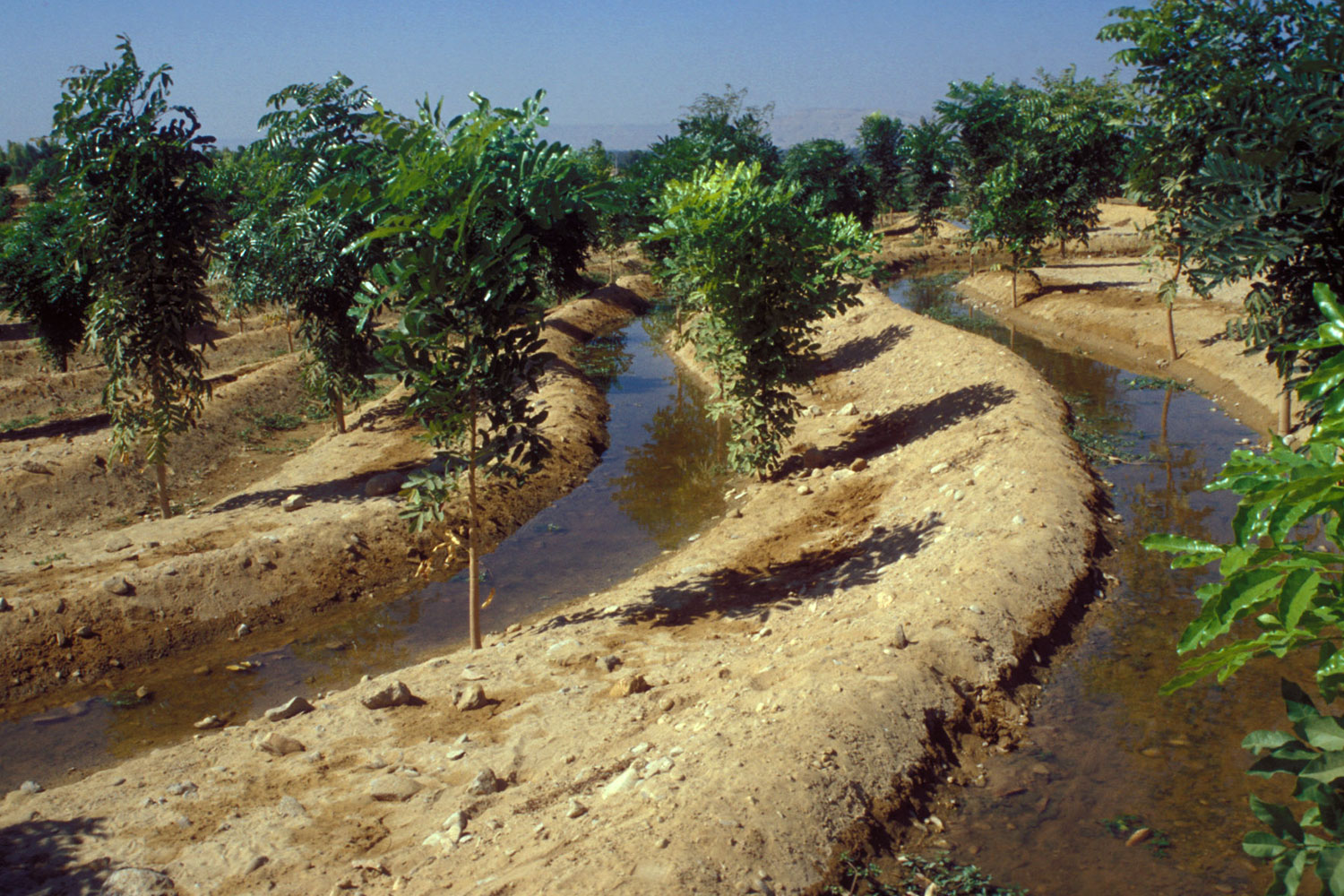
45%
27%
16%
11%
Click or tap on an icon to highlight a specific area
This digital report contains the main findings of the Global Forest Resources Assessment 2020 (FRA 2020).
FRA 2020 examines the status of, and trends in, more than 60 forest-related variables in 236 countries and territories in the period 1990–2020.
The information provided by FRA presents a comprehensive view of the world’s forests and the ways in which the resource is changing. Such a clear global picture supports the development of sound policies, practices and investments affecting forests and forestry.
Download the FRA 2020 Key Findings
Did you know that forests cover nearly 1/3 of land globally?
That’s 4.06 billion hectares.
In other words, there is around 0.52 ha of forest for every person on the planet.

10m
100m
52m
More than half (54 percent) of the world’s forests are in only five countries –the Russian Federation, Brazil, Canada, the United States of America and China.
20%
12%
9%
8%
5%
46%
Of the major climatic regions, the tropical zone contains the highest percentage of forest at 45 percent.

45%
27%
16%
11%
Click or tap on an icon to highlight a specific area
A forest predominantly composed of trees established through natural regeneration.

A forest of native tree species, where there are no visible indications of human activities and the ecological processes are not significantly disturbed.
A forest predominantly composed of trees established through planting and or/deliberate seeding.

A forest that is intensively managed, is composed of one or two species of even ages with regular spacing.

Planted forest which is not classified as plantation forest. Includes forest established through planting or seeding which at stand maturity resembles or will resemble naturally regenerating forest.
Ninety-three percent of the forest area worldwide is composed of naturally regenerating forests and 7 percent is planted.
The area of naturally regenerating forests has decreased since 1990 (at a declining rate of loss), but the area of planted forests has increased by 123 million ha.
SOURCE: FAO
Plantation forests cover about 131 million ha, which is 3 percent of the global forest area and 45 percent of the total area of planted forests.
The highest share of plantation forest is in South America with 99 percent of the total planted-forest area and 2 percent of the total forest area.
The lowest share of plantation forest is in Europe, where it represents 6 percent of the planted forest estate and 0.4 percent of the total forest area.
Globally, 44 percent of plantation forests are composed mainly of introduced species.
SOURCE: FAO
The world still has at least 1.11 billion ha of primary forest. Combined, three countries – Brazil, Canada and the Russian Federation – host more than half (61 percent) of the world’s primary forest.
The area of primary forest has decreased by 81 million ha since 1990, but the rate of loss more than halved in 2010–2020 compared with the previous decade.
Africa had the largest annual rate of net forest loss in 2010–2020, at 3.9 million ha.
The rate of net forest loss has increased in Africa in each of the three decades since 1990.
Annually South America had a net forest loss of 2.6 million ha in 2010–2020.
The rate of net forest loss has declined substantially in South America, to about half the rate in 2010–2020 compared with 2000–2010.
Asia had the highest net gain of forest area in 2010–2020.
Oceania experienced net losses of forest area in the decades 1990–2000 and 2000–2010.
*According to the regional breakdown used in FRA 2020, Europe includes the Russian Federation.
The world’s forest area is decreasing, but the rate of loss has slowed.
The global forest area declined by about 178 million ha (an area approximately the size of Libya) in the 30 years from 1990 to 2020.
However, the rate of net forest loss decreased substantially over the period due to a reduction in deforestation in some countries, plus increases in forest area in others through afforestation and the natural expansion of forests.
The rate of net forest loss declined from 7.8 million ha per year in the decade 1990–2000 to 5.2 million ha in 2000–2010 and 4.7 million ha per year in 2010–2020. The rate of decline of net forest loss slowed in the most recent decade due to a reduction in the rate of forest expansion.
SOURCE: FAO
In focus
What is deforestation and forest area net change?
FAO defines deforestation as the conversion of forest to other land uses (regardless of whether it is human-induced).
‘Forest area net change’ is the sum of all forest losses (deforestation) and all forest gains (forest expansion) in a given period. Net change, therefore, can be positive or negative, depending on whether gains exceed losses, or vice versa.
An estimated 420 million ha of forest has been lost worldwide through deforestation since 1990, but the rate of forest loss has declined substantially. In the most recent five-year period (2015–2020), the annual rate of deforestation was estimated at 10 million ha, down from 12 million ha in 2010–2015.
SOURCE: FAO
Forests face many disturbances that can adversely affect their health and vitality and reduce their ability to provide a full range of goods and ecosystem services.
About 98 million ha of forest were affected by fire in 2015*; this was mainly in the tropical domain, where fire burned about 4 percent of the total forest area in that year. More than two-thirds of the total forest area affected was in Africa and South America.
Insects, diseases and severe weather events damaged about 40 million ha of forests in 2015, mainly in the temperate and boreal domains.
There is an estimated 726 million ha of forest in protected areas worldwide. The area of forest in protected areas globally has increased by 191 million ha since 1990.
Of the six major world regions, South America has the highest share of forests in protected areas, at 31 percent.
SOURCE: FAO
The area and proportion of forests with long-term management plans that are documented and periodically revised is an important indicator of the intention to sustainably manage forest resources.
Most of the forests in Europe have management plans; on the other hand, management plans exist for less than 25 percent of forests in Africa and less than 20 percent in South America.
The area of forest under management plans is increasing in all regions – globally, it has increased by 233 million ha since 2000, reaching 2.05 billion ha in 2020.
Seventy-three percent of the world’s forests is under public ownership,* 22 percent is privately owned, and the ownership of the remainder is categorized as either ‘unknown’ or ‘other’ (mainly comprising forests where ownership is disputed or in transition).
Public ownership is predominant in all world regions and most subregions. Of the regions, Oceania, North and Central America and South America have the highest proportions of private forests.
Globally, the share of publicly owned forests has decreased since 1990 and the area of forest under private ownership has increased.
*As of 2015, the latest year for which global data are available.
SOURCE: FAO
An estimated 399 million ha of forest is designated primarily for the protection of soil and water, an increase of 119 million ha since 1990. The rate of increase in the area of forest allocated for this purpose has grown over the entire period but especially in the last ten years.
Globally, 424 million ha of forest is designated primarily for biodiversity conservation. In total, 111 million ha has been so designated since 1990, of which the largest part was allocated between 2000 and 2010.
The rate of increase in the area of forest designated primarily for biodiversity conservation has slowed in the last ten years.
Globally, about 1.15 billion ha of forest is managed primarily for the production of wood and non-wood forest products. In addition, 749 million ha is designated for multiple use, which often includes production.
Worldwide, the area of forest designated primarily for production has remained relatively stable but the area of multiple-use forest has decreased by about 71 million ha since 1990.
An area of 186 million ha of forest worldwide is allocated for social services such as recreation, tourism, education research and the conservation of cultural and spiritual sites. The area designated for this forest use has increased at a rate of 186 000 ha per year since 2010.
Note that numbers may not sum to the totals indicated and percentages may not tally to 100 due to rounding
About
About the Global Forest Resources Assessment 2020
The information from this digital report comes from The Global Forest Resources Assessment 2020 (FRA 2020).
FRA 2020 examines the status of, and trends in, more than 60 forest-related variables in 236 countries and territories in the period 1990–2020.
The information provided by FRA presents a comprehensive view of the world’s forests and the ways in which the resource is changing. Such a clear global picture supports the development of sound policies, practices and investments affecting forests and forestry.